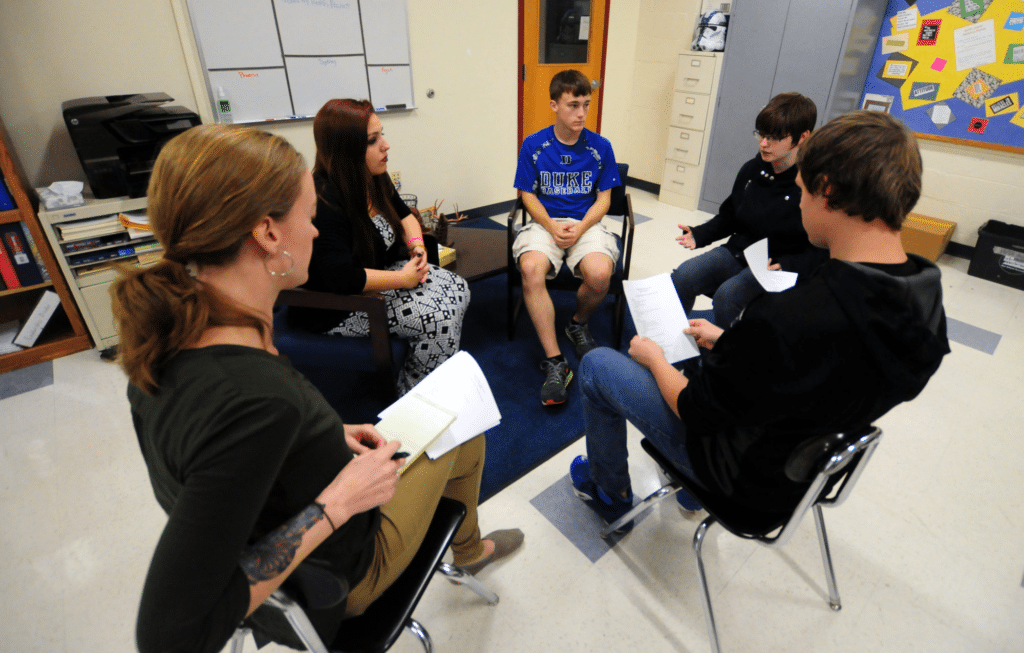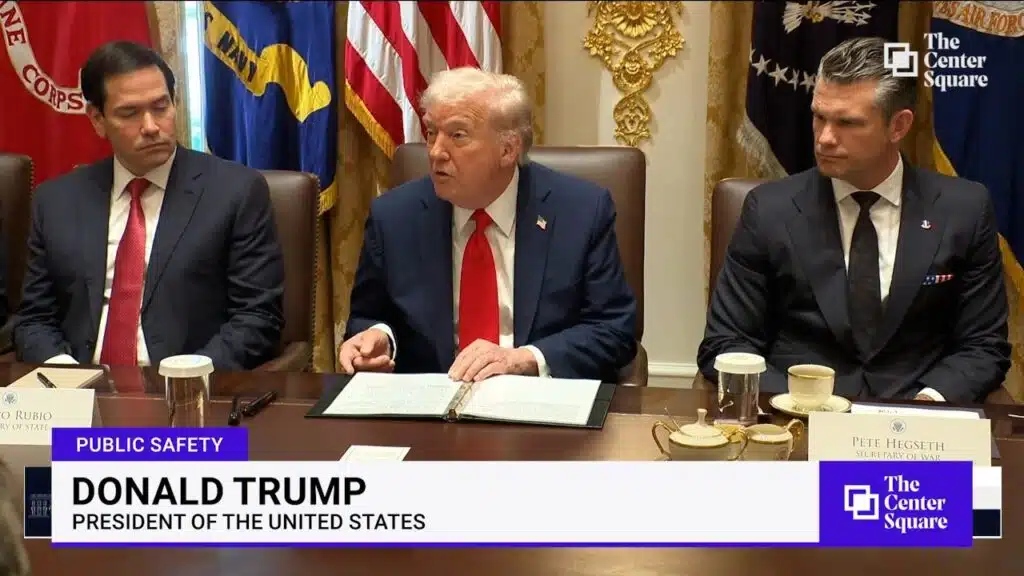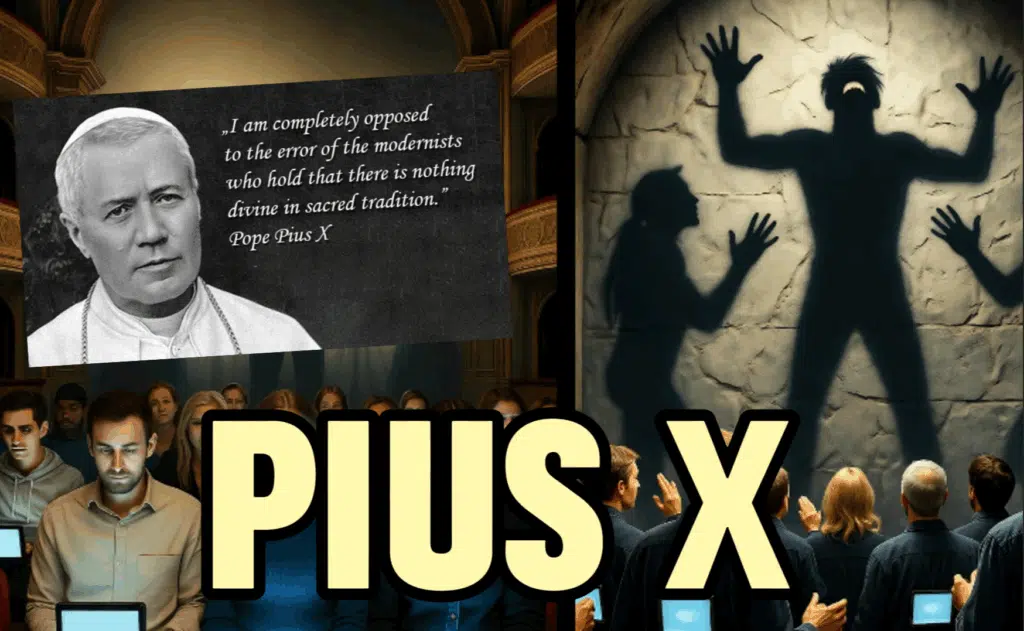
More Wasted Education Time, Get Ready For “Restorative Justice” At Your School
Like most unnecessary things that the left dreams up, “restorative justice” has a calming and even catchy ring to it. They start with the name and then coat it with a presentation dripping with guilt. The idea is to make their agenda seem so benign and logical that only fools would oppose it. You know their game, create an ideology that looks correct, even though realistically it can’t work.
What the woke left has to learn, is that not everything can be sugar coated. Not everything is equal and not everybody wins. Everyone’s life consists of ups and downs, and wins and losses. The truth is that every one of us learns a lot more from a loss than a win. Losing stimulates contemplation, winning stimulates exultation.
The same applies to justice. First, the left wants to redefine what a crime is. These same people that release adults that rob, rape and murder in revolving door fashion, want to make examples of children/students for imaginary crimes. Then they want to reimagine what justice is. When in reality, what they call justice isn’t anything more than another indoctrination technique to undermine society as we know it.
Last week it was reported that two students had been suspended for the misuse of pronouns. For the record, this act does require justice, but not against the students, because they had done nothing wrong. It is not only unethical, but illegal to control a person’s speech in regard to something that is imaginary and unsupported by science. The fact that school officials falsely justify that it is legal to impose the presence of biological males in the bathrooms and locker rooms of biological females, but then suspend students for something as trivial as not referencing another person’s fantasies is asinine.
Two students at Herbert Hoover High School in the Glendale Unified School District of California, were suspended for five days after supposedly misgendering classmates. An email that was sent by the recently departed principal Jennifer Earl, was first obtained, and reported by GUSD Parents Voices. The email read:
“I suspended two students for five days each today and will be conducting “restorative justice” with students and teacher for the misgendering. In interviewing them, they admitted to being curious about a transgender person. I asked the teacher involved in the incident how he wanted to handle it, if he wanted me to just teach them about misgendering, or would he like me to speak about being trans. He asked me to educate on transgender. It was well received from students and parents. “restorative justice” will happen after suspension.”
In an interview with Fox News, a GUSD Spokesperson said that misgendering is considered bullying based on a student’s “perceived intent.”
“A student has never been punished, much less suspended, for accidentally using the wrong pronoun to refer to a peer or staff member. However, a student could be suspended if the action escalated to harassment or bullying.”
Notice the terminology, “perceived intent.” So here you have a radical leftist school, pushing leftist’s agendas and they get to determine something as subjective as “perceived intent.”
In this particular case, former principal Jennifer Earl, described the incident as two students having misgendered a transgender student, and then ran away as the teacher attempted to correct them.
So maybe in this situation, they meant no harm and just didn’t feel like being lectured about something they don’t believe in. Does that justify a five-day suspension followed by more punishment? I have to say, if I were advising their parents there would be a lawsuit in this school district’s future.
Let’s break this down. First, As I stated earlier, if someone identifies as transgender, besides the fact that they are suffering from a delusion that should be treated not encouraged, forcing others to play a role in their fantasy needs to declared illegal. Certainly punishing anyone, in any way, for choosing not to be a part of someone’s contrived nightmare should definitely be illegal.
We’ve all heard of a backhanded compliment; well this type of punishment is backhanded indoctrination. By being punished, the school district is telling these students that their actions must conform to something that they don’t believe in. They are telling every student that believes in gender binary that they must play by radical left rules, while simultaneously telling them that their beliefs are wrong and don’t matter.
Now though, the left has added another subversive tool to further indoctrinate students. This one they call “restorative justice.” As per usual, they make it sound as though all they are trying to do is create harmony and peace, when in reality they are further pressuring students to accept transgenderism as an acceptable way of life by using peer pressure.
The vanilla description of restorative justice in education or schools, is a practice that “empowers students to resolve conflicts on their own and in small groups, and it’s a growing practice at schools around the country. Essentially, the idea is to bring students together in peer-mediated small groups to talk, ask questions, and air their grievances.”
Sounds good, right? So do these “Strategies for implementing Restorative Practices in the Classroom.” That are posted on the University of San Diego Professional and Continuing Education website.
Implementing restorative practices in your classroom doesn’t have to be done all at once. In fact, it is easier — and you as a teacher will find more success — to add RJ strategies slowly in ways that work for your classroom environment. Here are some steps you can take to start using restorative justice in your class.
- Start Using Circles
Circles are one of the pillars of restorative justice in schools and are a great starting point for teachers looking to use more RJ practices. Circles are a whole class activity designed to help the class community set their expectations and standards of behavior for the environment. During the circle exercise, students and teachers alike are encouraged to share their goals, what worries them, and how they want to interact with their classmates. With circles, students are given the feeling of ownership over class rules that will directly impact them.
Circles are also used after an incident that needs remedying. In a post-event circle, all relevant stakeholders will meet with a teacher who acts as the mediator for the discussion. With restorative justice, the conversation follows the same format:
- Discuss what happened.
- Address the harm, needs, and cause of the conflict.
- Determine acceptable outcomes.
- Act on the plans of action.
- Implement Focused Communication Practice
Communication is vital in any restorative justice model, so any RJ practices should start with focused communication practice. In your classroom, find ways to demonstrate clear, thorough communication skills. This will help students understand what is expected of them and learn how to effectively listen, learn, and share.
- Introduce Restorative Skills
Skills like problem solving, empathy, positivity, and communication are all critical for restorative practices to be effective. And while these things are all introduced through other aspects of your teaching, make an effort to discuss and model these through the lens of restorative justice.
- Have Daily Circle Discussions
Restorative justice relies on the classroom truly feeling like a community — a sense of closeness, honesty, trustworthiness, and dependability are all important ingredients. One way to foster these feelings is by holding circle discussions every day. In this environment, students can communicate openly and get to know their classmates, which builds a sense of closeness and strengthens your classroom culture.
- Encourage Independent Communication
As you know, restorative justice practices involve the perpetrator and the victim (for lack of better terms) resolving issues together. To build a foundation for this type of interaction, allow students to independently communicate about issues that may have been taboo before. Discussing feelings, ideas, and reactions without teacher involvement will help them feel more comfortable in formal RJ interactions.
- Let Students Share About Themselves
Restorative justice practices take students and their personal lives into account, so it’s only logical that you would take time to get to know more about each pupil in your class. Depending on the age group this can be intimidating or even hard to accomplish, but students at the minimum should know they are encouraged to share. By getting to know the whole student, teachers and classmates can get to understand their behaviors better.
This all sounds great, but it’s totally deceiving. This is not something that should be taking place in a public school. A rehab clinic, sure. A public high school, no way. Putting students in a circle to discuss their personal lives is an invasion of privacy. It is also a very sneaky and deceptive way to put pressure on a student. Imagine being in high school and accused of not using the pronouns that some delusional student is insisting on. With a leftist teacher mediating the proceedings, what chance does the student have. Intimidation, brow beating and constant attempts to indoctrinate is not education.
This is just another way for teachers and teacher unions to justify not doing what they are paid to do. Every minute spent sitting in circles, is time taken away from our children being taught what they need to learn in order to function effectively in the real world.
The left is robbing our students of their education and by doing so they are robbing this nation of its future. Even worse, they are morally corrupting the youth of our country so we will not only be weak and uneducated, but we will also be lost in a sea of perversion.


